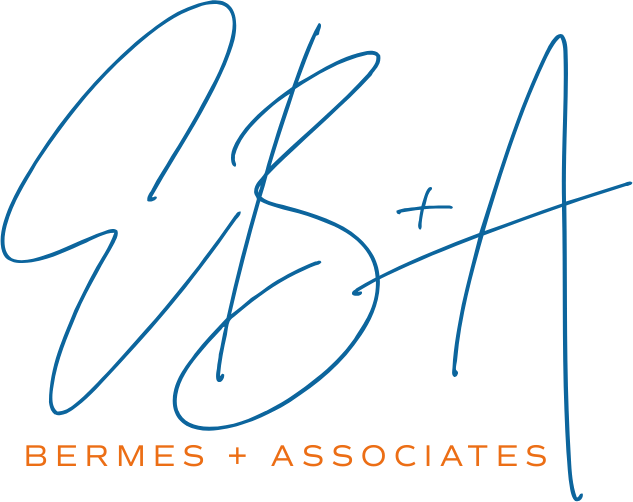How to Work with an Executive Coach
Working with an executive coach can be a game-changer for an executive’s success. Here’s what the process looks like – and what you should and shouldn’t do to make the engagement as effective as possible.
1. Pick 360 respondents.
Picking respondents to gather feedback via a 360 assessment is the integral first step in the coaching process. For the assessment to serve its purpose, the selection of respondents should accurately reflect the learner’s performance.
Do:
Include the boss(es), 3-4 peers, 3-4 direct reports, and 3-4 internal customers (if applicable). We generally recommend this distribution of respondents in order to make sure that a full breadth of perspectives is incorporated into feedback.
Include people you’ve worked closely with for at least six months, and who are likely to be candid and open with their feedback.
Don’t:
Select weighted perspectives. That is, don’t select a panel of respondents who only happen to be your good friends. People have a tendency to recommend respondents who will speak well of them – it’s the result of a subconscious desire to avoid pain. To maximize objectivity, we make sure that direct managers approve the respondents before we carry out the assessment.
Go overboard on acquiring respondents. Enlisting 12 respondents is fairly standard, and there’s not a lot of value in acquiring further responses after that – rarely is anything new uncovered. At a minimum, we’d recommend enlisting nine respondents so that data can be confirmed across roles.
2. Debrief on 360 results.
The debrief is the moment when feedback is presented to the executive and blind spots are brought to light. It can be an emotional time, but navigating it well is important because the plan forward will come out of this session.
Do:
Be prepared for surprises. You probably have blind spots. Prepare to hear what they are. In general, we’ve seen that people who have high opinions of their own performance are more often set up for disappointment, while people who assess themselves less kindly tend to receive more positive feedback. Regardless: be open-minded. The data may not show what you expect.
Don’t:
Argue against the data. The worst debriefing sessions are the ones where executives debate the feedback in an effort to preserve their self-concepts. That can get ugly. The data doesn’t lie; we only present feedback that’s confirmed from multiple respondents. It’s far better to take an approach of humility and seek growth than to put your head in the sand and deny what you hear.
3. Set coaching objectives.
Coaching objectives will be developed based on the results of the 360 assessment. These goals will provide targets to hit, and they’ll function as an underlying direction to our coaching engagements.
Do:
Own your goals. We push our clients to develop their own goals and definitions of improvement so that they can take ownership of their success. We’ll add input as necessary – if a feedback component is lacking, for example, or if goals aren’t SMART – but on the whole, we’ll have the executive push these objectives forward with their own initiative.
Don’t:
Move ahead without the approval of the boss. We always have an alignment meeting with direct managers to confirm direction on goals. This adds assurance that goals align with corporate objectives and gives the boss awareness into expectations moving forward, so that they can provide feedback on noted performance areas.
Develop too many goals. This should be obvious, but it’s worth stating explicitly. We recommend focusing on 3-4 areas of improvement. Adding more only results in clutter.
4. Review performance against goals.
Common engagements take place over six and 12 month timeframes; we perform reviews at six month intervals, so they can function as end-of-engagement reviews or as midway checkpoints. The purpose is always to measure improvement against goals in order to track success.
Do:
Review with the direct manager. This is the individual responsible for executive performance and the person best-positioned to report on executive success. We’ve found that, at the end of our engagements, virtually 100% of direct managers rate the engagement as a success.
Some executives may request another 360 assessment to be completed at the end of an engagement. In the majority of cases, this isn’t necessary, but in cases where initial performance gaps were large, a second assessment can help to clearly identify improvement.
Don’t:
Backslide into old habits. Fortunately, this isn’t common. Once executives are made aware of behaviors or perceptions that were previously blind spots, they tend to maintain improvement. On rare occasions, a brush-up may be needed. But in general, executive coaching success lasts.
Ready to take the first step toward a new approach?
The executive coaching process can help executives succeed – and we’ve found that, when done right, improvement is virtually guaranteed. Hopefully, these steps help as you consider the process.
Are you ready for a new approach? We’ve walked through these steps with hundreds of executives at organizations across industries – from Fortune 100 companies to rapid-growth startups.
If you want to improve executive performance through coaching, let’s talk.
Looking for an executive coach in Chicago?


